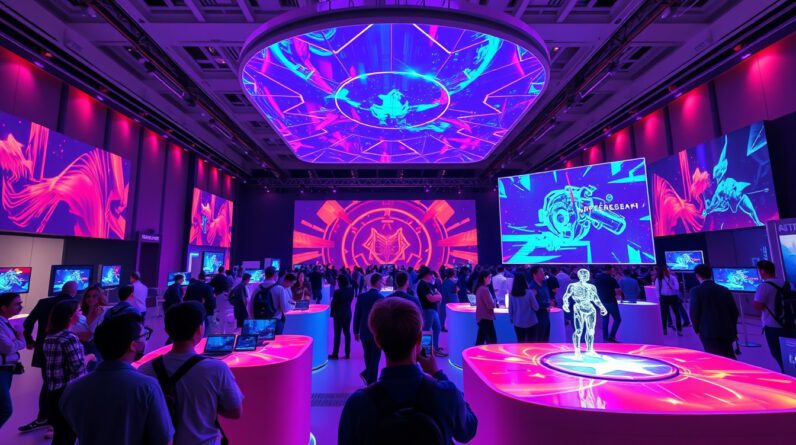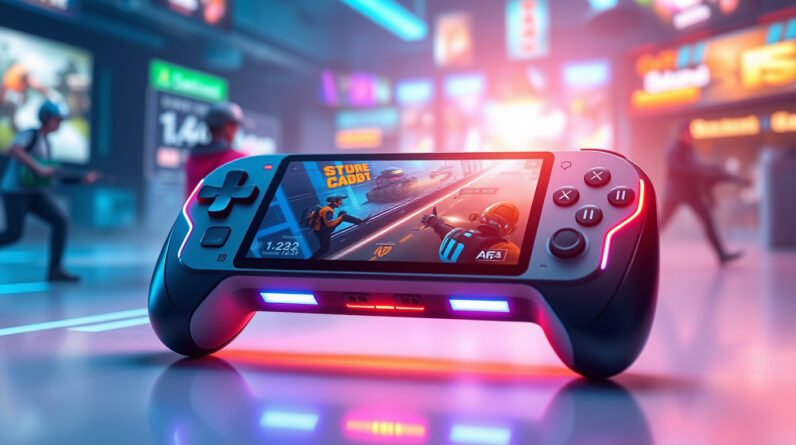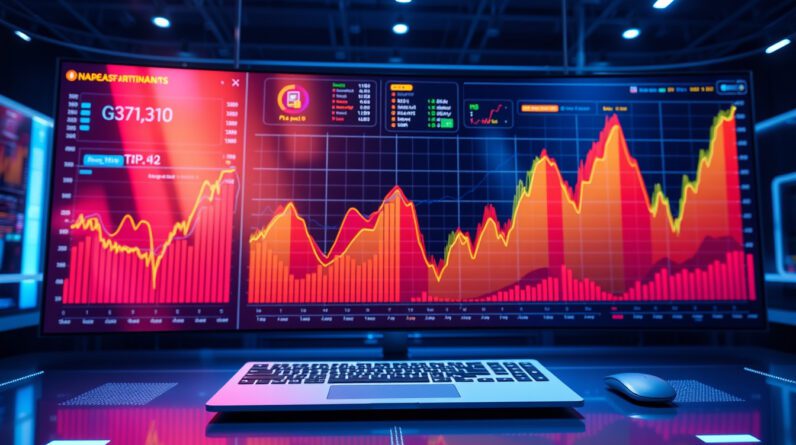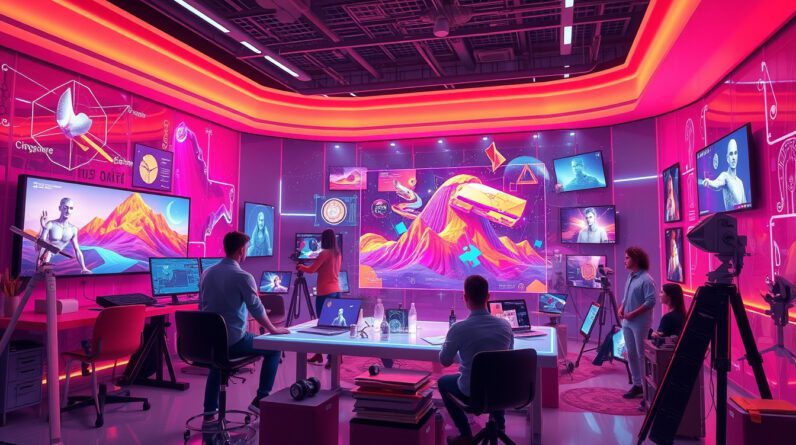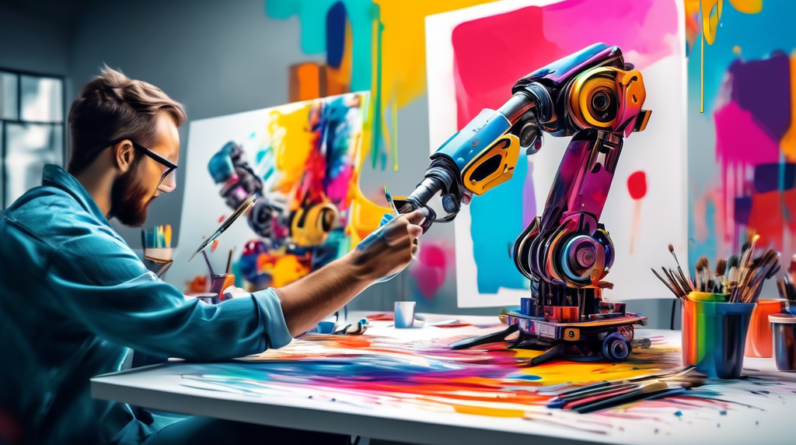
The world of graphic design, once a realm ruled exclusively by human creativity, is experiencing a seismic shift. Artificial intelligence (AI), with its ability to analyze data, learn patterns, and generate designs, is rapidly changing the landscape. From automating tedious tasks to unlocking new realms of creativity, AI is not just a tool for graphic designers – it’s becoming a collaborator, a muse, and a disruptor.
Automating the Mundane, Unleashing Creativity
One of the most significant impacts of AI in graphic design is its ability to automate repetitive tasks. Think about the hours spent cropping images, resizing banners, or color-correcting photos. AI-powered tools can now handle these tasks with speed and precision, freeing up designers to focus on the conceptual and creative aspects of their work.
Here are some ways AI is streamlining workflows:
- Image editing: AI algorithms can automatically remove backgrounds, enhance images, and even generate realistic images from scratch, saving designers countless hours of manual work.
- Layout and composition: AI-powered tools can suggest optimal layouts, automatically resize elements to fit different formats, and even generate design variations based on your preferences.
- Font selection and typography: Finding the perfect font pairing can be time-consuming. AI can analyze your content and suggest fonts that align with your brand identity and message.
- Color palette generation: AI tools can extract color palettes from images or generate harmonious color combinations based on color theory and design principles.
This automation doesn’t spell the end of the graphic designer. Instead, it empowers them. By taking on the more technical and repetitive tasks, AI allows designers to dedicate more time to the strategic and artistic elements that require a human touch – elements like conceptualization, storytelling, and emotional connection.
AI as Creative Partner: Expanding Design Possibilities
Beyond automation, AI is pushing the boundaries of creativity in graphic design. It’s not just about making tasks easier; it’s about expanding the realm of what’s possible.
Here are some exciting ways AI is fueling design innovation:
- Generative design: This groundbreaking technology enables designers to input their design parameters (colors, shapes, themes) and have AI generate countless design variations. This opens up a universe of possibilities, allowing designers to explore a wider range of options and discover unexpected solutions.
- Personalized design experiences: AI can analyze user data (demographics, browsing history, preferences) to generate personalized designs. Imagine websites that adapt their visuals based on the individual user, creating a more engaging and relevant experience.
- AI-powered inspiration: Feeling stuck in a creative rut? AI tools can analyze trends, styles, and visual elements to provide designers with a fresh dose of inspiration. These tools can act as creative partners, helping designers break free from their usual patterns and discover new aesthetic avenues.
The Evolving Role of the Designer in an AI-Driven World
The rise of AI in graphic design doesn’t signal the obsolescence of human designers. Instead, it marks a shift in their roles and skills. To thrive in this evolving landscape, designers need to embrace AI as a powerful tool and adapt their skillsets accordingly.
Here’s how designers can prepare for the future of graphic design:
- Become AI-literate: Understand the capabilities and limitations of AI design tools. Familiarize yourself with different AI platforms and stay updated on the latest advancements in AI-powered design technology.
- Focus on strategic thinking and creativity: With AI handling more technical tasks, designers need to excel in areas where humans truly shine: strategic thinking, creative problem-solving, storytelling, and emotional intelligence.
- Embrace lifelong learning: The world of AI is constantly evolving. Designers who are adaptable, curious, and committed to lifelong learning will be best positioned to navigate the changing landscape.
Ethical Considerations: Navigating the AI Design Frontier
As AI becomes increasingly integrated into the design process, it’s crucial to address the ethical considerations that arise:
- Bias in AI algorithms: AI models are trained on data, and if that data reflects existing biases, the AI outputs can perpetuate those biases. Designers must be mindful of potential bias and ensure their designs are inclusive and representative.
- Copyright and ownership: The question of ownership over AI-generated work is complex. As AI tools become more sophisticated, it’s essential to establish clear guidelines regarding copyright and intellectual property rights.
- Transparency and disclosure: Designers should be transparent about their use of AI tools in the design process. This fosters trust and ensures ethical practices within the industry.
The Future of Graphic Design: A Human-AI Collaboration
AI is not here to replace graphic designers. Instead, it’s poised to become their most valuable ally. The future of graphic design lies in a collaborative relationship between human creativity and AI’s computational power. By embracing the possibilities of AI, while upholding ethical considerations, graphic designers can unlock new levels of creativity, efficiency, and impact in the years to come.

